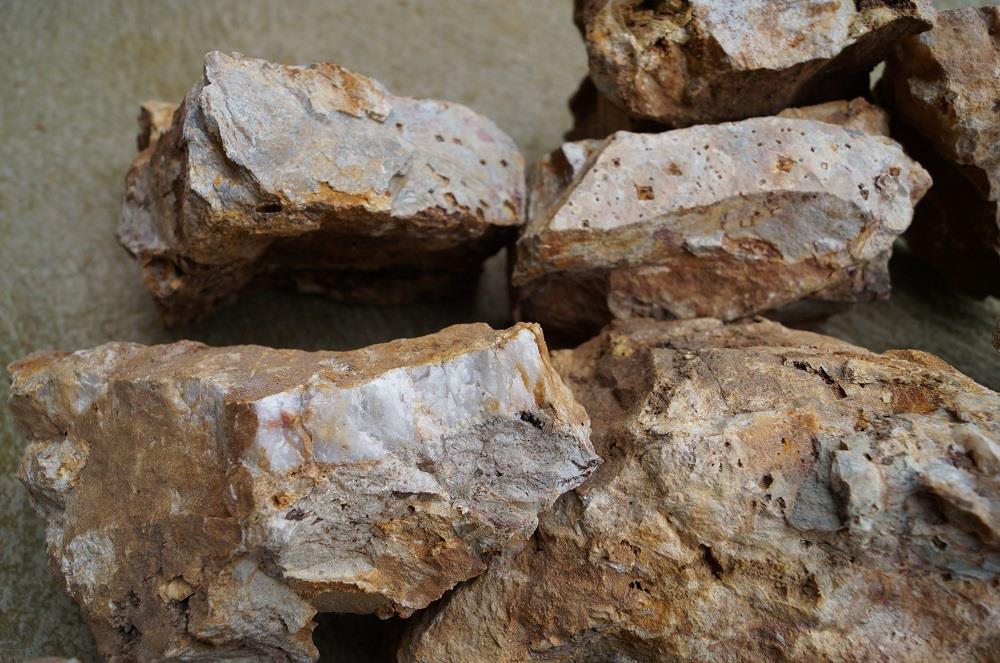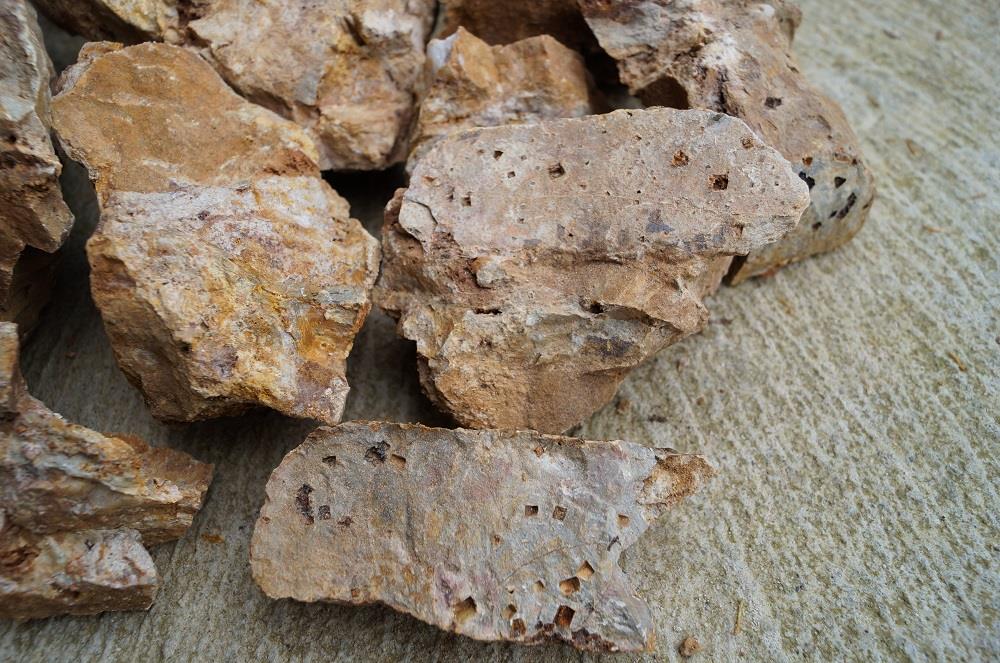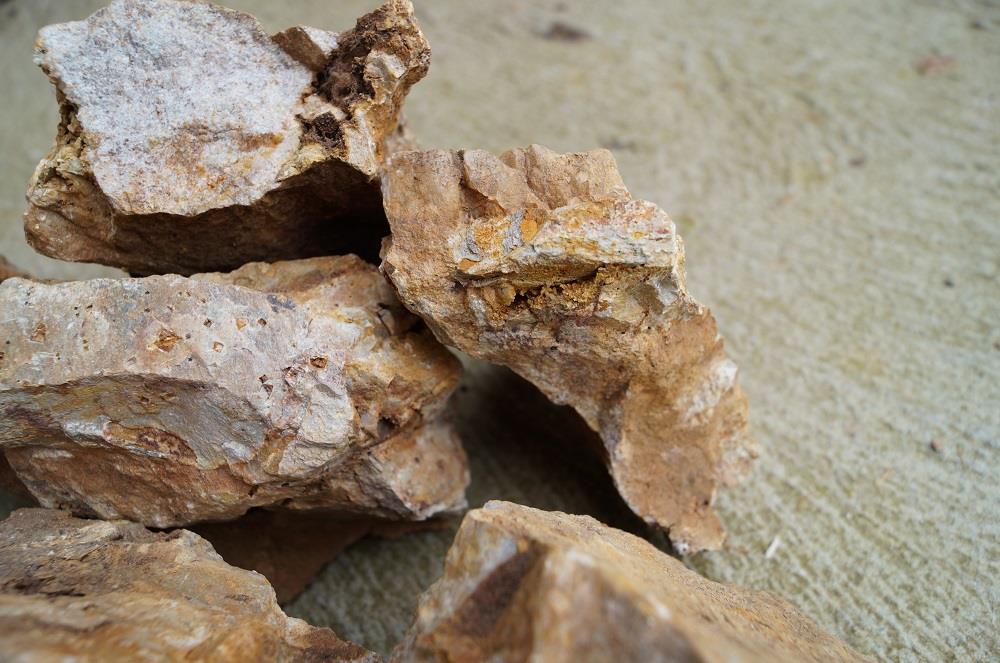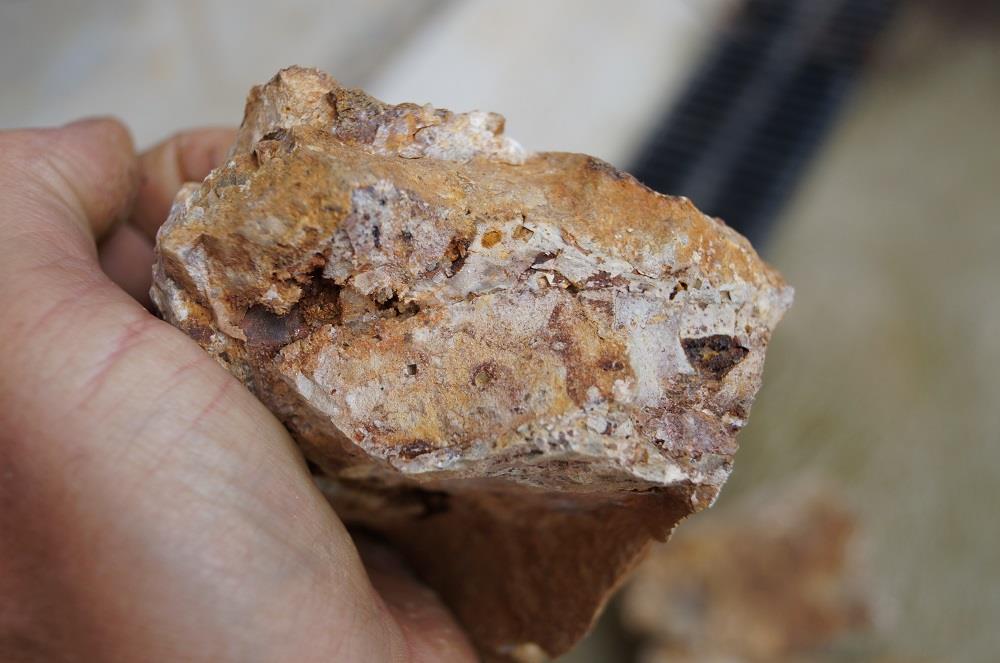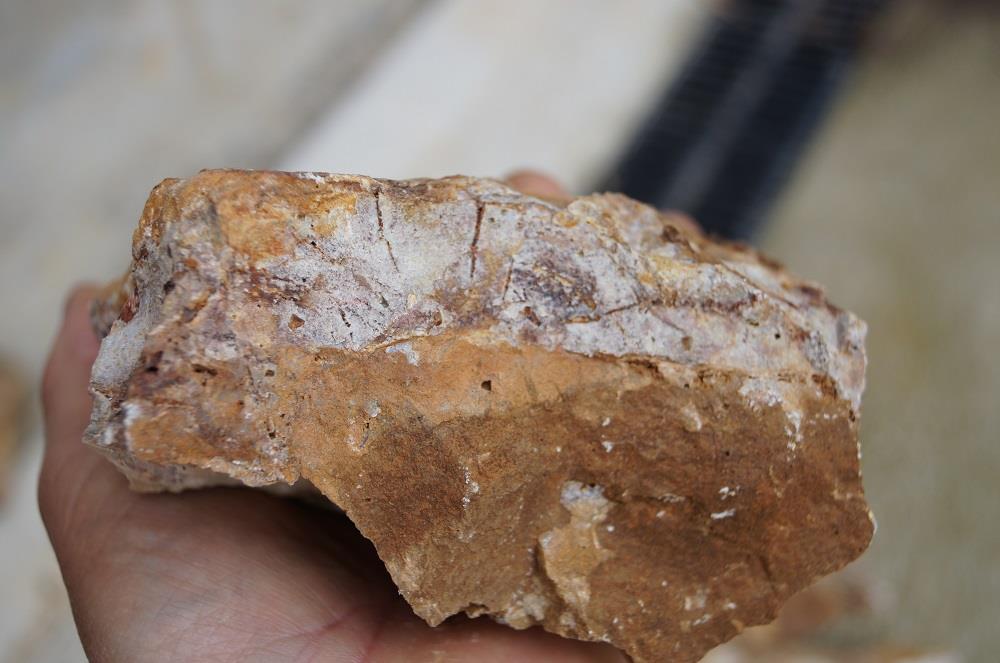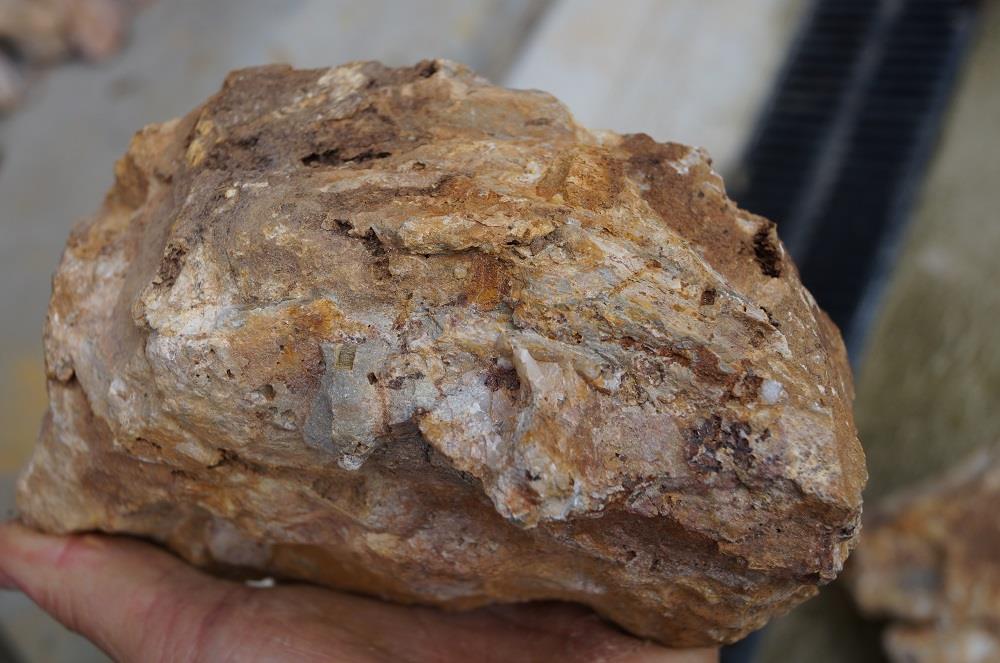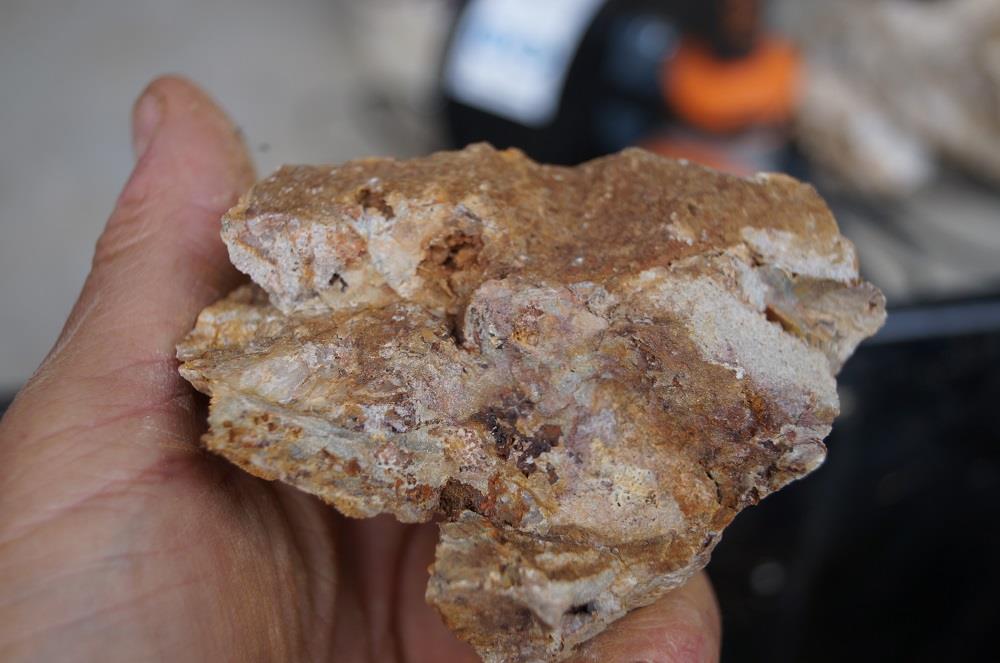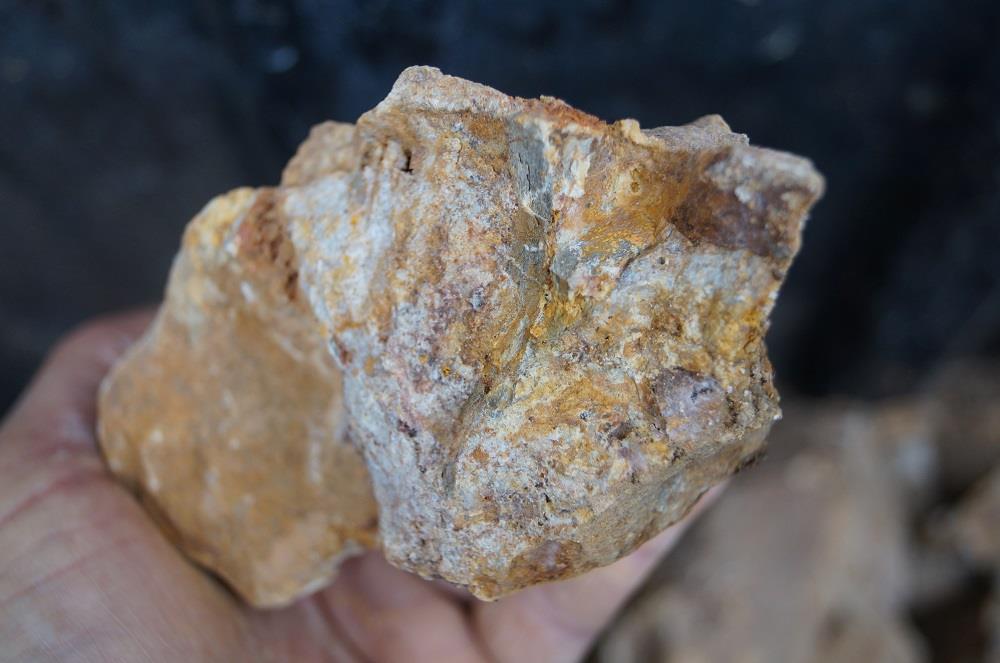- Joined
- Sep 11, 2014
- Messages
- 1,484
- Reaction score
- 3,554
4 weeks ago on my first ever prospecting trip I got my first bucket of quartz samples to crush at home, I purchased a Compact Crusher from Ryan27 on this forum 2 weeks ago and brought home another 3 x 20ltr buckets of samples last Sunday from various places in West Gippsland. I classified 1 of the buckets and washed the clays at the same time, panned off the mud and put classified material in separate trays to dry before crushing. Yesterday I had a scrounge around work and got a 700mm length of 4" steel gas main and a 6" bank flange to make a dolly pot for crushing the big samples enough to run through the Compact Crusher, just got to weld up the dolly pot and I'll be in full swing.
Managed to crush the small stuff tonight and the CC works a treat.
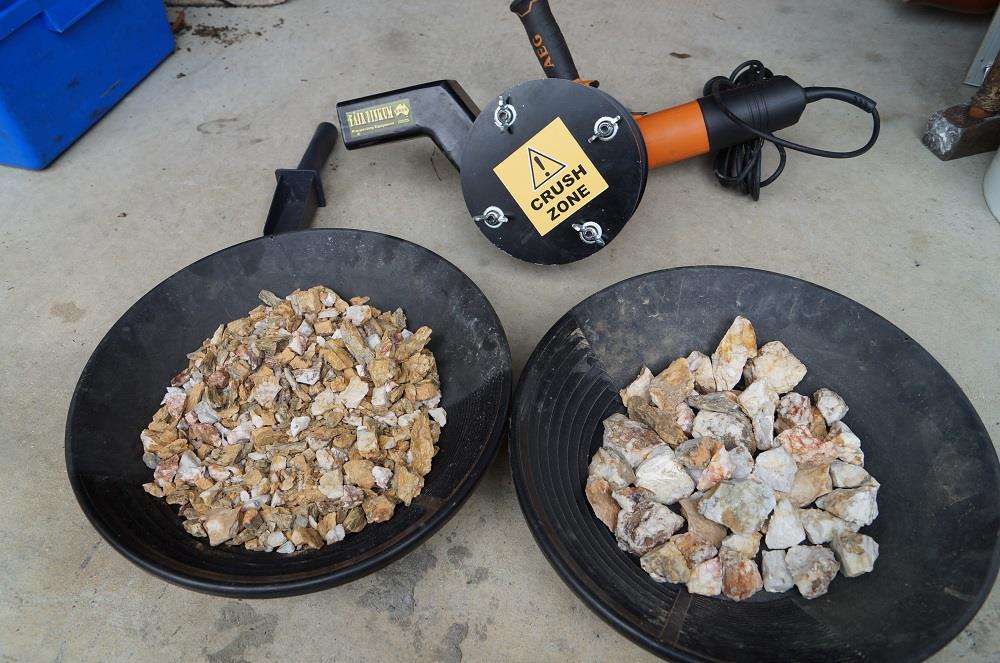
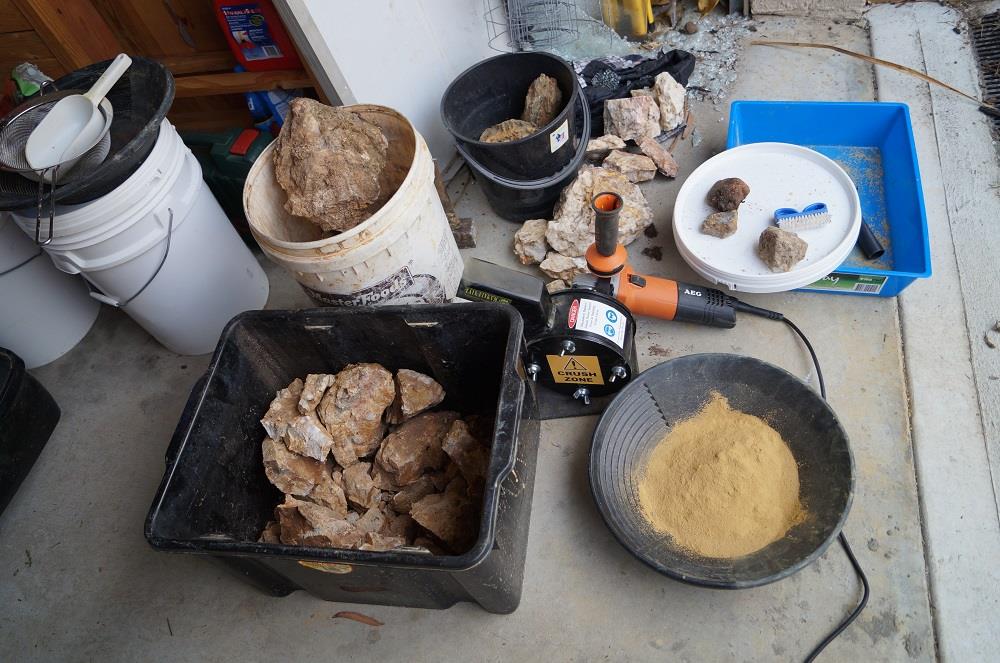
I can't wait for my 9x7m shed to go up in 3 weeks as I've run out of room in the single garage. Planning on setting up a recirculating high banker to really get the samples pumped through once the shed gets fitted out.
Heading off again this weekend and will get another few buckets of samples to bring home, if I don't end up crushing all of the samples the upside is I'll put a rockery garden in
Managed to crush the small stuff tonight and the CC works a treat.


I can't wait for my 9x7m shed to go up in 3 weeks as I've run out of room in the single garage. Planning on setting up a recirculating high banker to really get the samples pumped through once the shed gets fitted out.
Heading off again this weekend and will get another few buckets of samples to bring home, if I don't end up crushing all of the samples the upside is I'll put a rockery garden in




